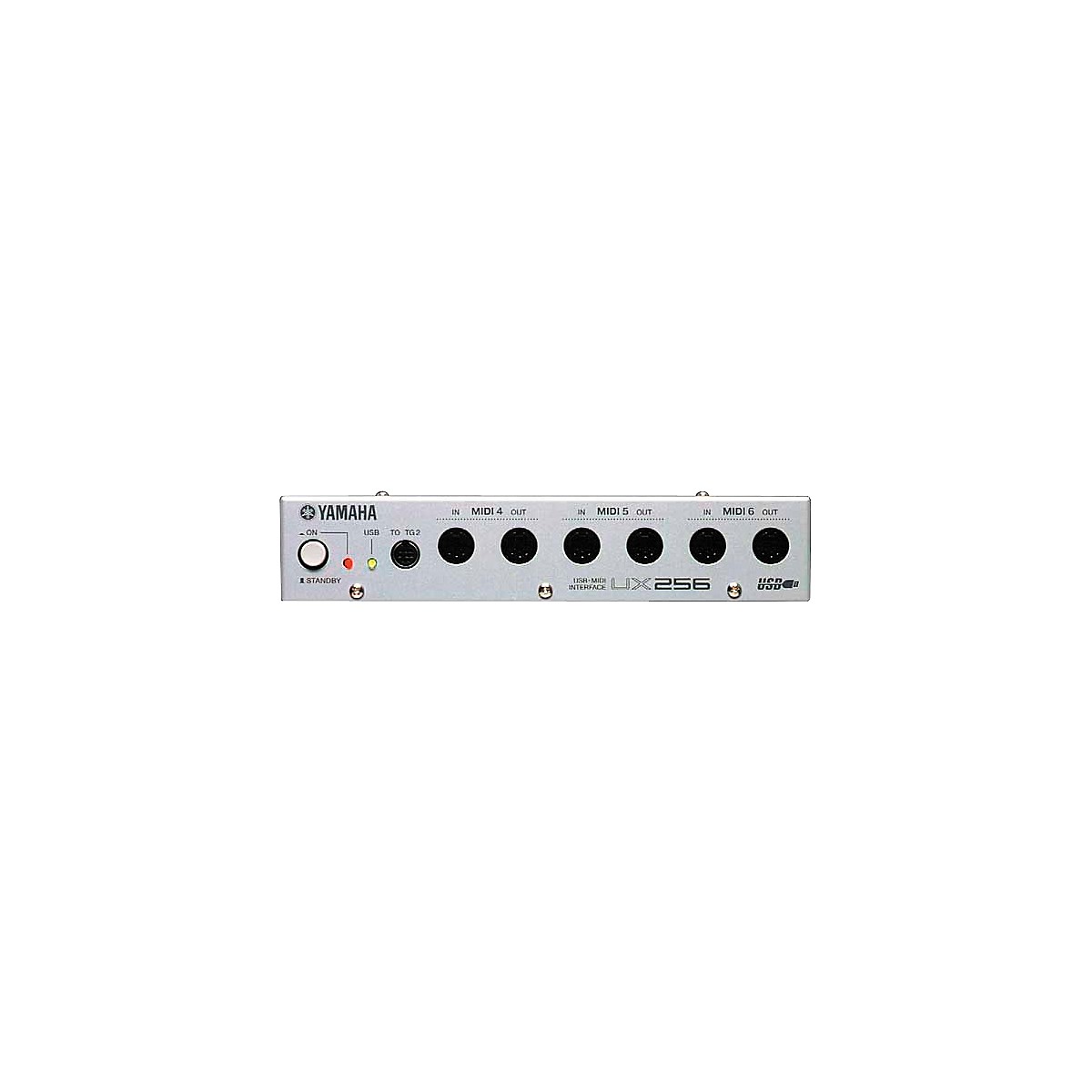

MIDI Patchbay is a specialized application that was developed specifically in order to provide users with a series of tools for working with the signal to and from their MIDI device, through means of splitting, merging, or applying filters, in accordance to their characteristic requirements.īuilt around an 8 by 8 MIDI interface, the controller will allow one to map all MIDI ports, regardless if we’re talking about the virtual or actual, physical ones, on the audio equipment. Not to mention the hassle of adequately linking the same signal traces to any accompanying software, in order to achieve better control over the physical equipment. In my limited experience, I would say that most dropped data isn’t the fault of the Pyramid, but due to synth OS, cable issues, data path corruption (too many devices…?), using THRU extensively (with synths that don’t really make THRU data a priority), or just shoving too much data through the path.Working with MIDI controllers on multiple channels can pose serious challenges, especially when it comes to splitting or merging the signal. If you can dupe with just Pyramid sending data to one synth, and you can duplicate this with multiple synths, try to record the MIDI data and post it in a new thread here.If you cannot duplicate at this point, check your data chain (mergers, thrus,cables, etc) Strip down your rig, perhaps to the Pyramid and one synth and try to dupe.if you have a computer & DAW or MIDI Ox with your gear, it’s great to be able to record the MIDI on the other end, but probably not necessary.Try to duplicate the problem armed with the data gleaned from the previous step with sending the data to a different synth (the problem can very well be the synth).Example: It happens between 1-3min of playing a 1/16th note arpeggio. If you can find how often it tends to happen, make a note of how long or approximately how much data you need to produce to repeat it.Review the MIDI Monitor to see how much data is being produced.Check all your cables ensuring they are plugged in properly and in proper working order.Ensuring that Chance is not present in your MIDI Fx.If this is intermittent, it would be difficult to duplicate, of course. It would seem to me you’re experiencing a situation where “something” note events don’t get played. Also, it’s a good idea to strip down your connections/system to troubleshoot - just a matter of unplugging a few things. Why do you think this is happening in your system?Īre you using Auto A or B setting on MIDI Echo and it’s not working as expected? Pls describe your data path and bevhaviours expected vs experienced. I’m actually now running into issues where sometimes notes aren’t played at all - I’m assuming because the Auto Echo function has killed them.
#Midi patchbay usb software#
Atari with some synth editor software on it… but in the past I had midi loop issues with that so I’ll wait untill this current config is considered “stable” on its own. Still have some other gear I would like to add, e.g. I could do it if I change the pyramid “anti echo” config with one of the auto settings, but just thinking about the repercussions makes my head hurt Only downside i guess is i can not play synths from “chain 1” with keyboards from “chain 2”, and vice versa, but it would become complicated with the channel overlap anyway. With other sequencers (alesis mmt8 for instance) this would be called “midi echo” = “off”Ĭurrently very happy with this setup, as its more flexible. The pyramid is set to “anti echo” => “on”, so that the input does not go to the outputs (as my Emagic chain is handling that).


Not a merger, because with the switch I can easily stop the pyramid from recording whatever someone else in the studio is playing live on the synths without having to dive into the pyramids menu One pair of ins and outs for each chain goes to the pyramid, the ins first into a midi switch (philip rees). it’s quite a complicated puzzle sometimes, so I document and plan in an Excel spreadsheet With some exception for some input devices (midikeyboards and such) and the pyramid itself. I use them mainly as patchbay.Īll are configured so that every input sends to all outs, except its own. These are midi interfaces, but can also function as midi patchbays, with some limitations. Let me explain my current config, it might help some people strugling with midi loops and thru boxes:Ĭurrently using 2 chains of 2x Emagic AMT8/Unitor (= 2x2x8 midi I/O = 32 midi I/O in total).


 0 kommentar(er)
0 kommentar(er)
